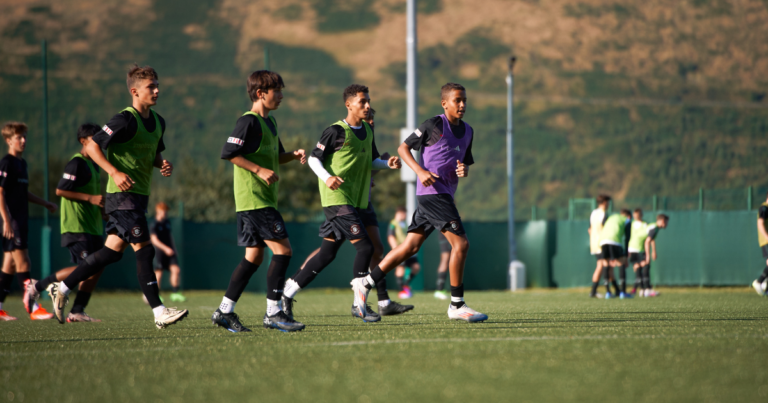The Real Reasons Soccer Players Shave Their Legs
Soccer players primarily shave their legs to prevent infections and make injury treatment easier, though some believe it gives them a performance edge on the field. Whatever works, right?
TL;DR:
The Medical Side of Smooth
Let’s be real – soccer isn’t exactly a gentle sport. Although, hockey players would argue that. Players are constantly getting kicked, scraped, and bandaged up.
Having smooth legs isn’t just about looks – it’s practical medicine. When you need to slap on some athletic tape or cover a wound, hair just gets in the way. Anyone who’s ever ripped tape off hairy legs knows exactly what I’m talking about!
The Speed Psychology

Here’s where things get interesting. Many players swear they feel faster with shaved legs. While the actual aerodynamic benefit is probably minimal (we’re not Olympic swimmers, after all), the mental edge is real.
It’s similar to how a fresh haircut can make you feel like a new person – when players feel “thinner”, they often play with more confidence and aggressiveness.
Some players even report feeling more aware of their leg movements during technical skills like dribbling when their legs are smooth.
The Confidence Factor
Remember strutting onto the field in brand new cleats? That’s the kind of confidence boost many players get from smooth legs. They feel more professional, more confident, and more “in the game.”
I think this psychological boost, while not scientifically proven to enhance performance, absolutely affects how players move and compete on the field. Just like a pre-game ritual, it’s become part of many players’ preparation for peak performance.
The Modern Game
Professional soccer has evolved far beyond just kicking a ball around. Every little detail counts – from grip socks to perfectly maintained cleats, and yes, even leg hair management. It’s part of the modern player’s toolkit for peak performance.
The practice has become so normalized in professional soccer that many youth players now follow suit, seeing it as part of their journey to becoming pros. While it’s certainly not required, it’s become as much a part of soccer culture as wrist tape and colorful cleats!

Written By: SoccerNovo
SoccerNovo is an independent youth soccer media brand built to help parents, players, and coaches better understand the game and the pathways available in U.S. soccer. Our mission is to make youth soccer simpler, clearer, and more accessible for everyone involved in it.
Let’s connect





